Winners announced for the 2014 New Zealand Architecture Awards
By Bustler Editors|
Friday, May 9, 2014

Related
Winning at the New Zealand Architecture Awards -- the country's most prestigious architectural competition -- must feel like winning the lottery. This year's winners, who accepted their awards at a ceremony in Auckland, were officially announced today.
This year's program included: nine award categories; Patrick Clifford of Architectus Bowes Clifford Thomson as the 2014 recipient of the New Zealand Institute of Architects Gold Medal; and the ASB North Wharf by BVN Donovan Hill with Jasmax as the winner of the New Zealand Architectural Medal -- the competition's highest honor.
The Awards jurors featured convenor Richard Naish RTA Studio, Auckland); Michael Banney (m3architecture, Brisbane); Stuart Gardyne (Archite cture+, Wellington); and Bronwen Kerr (Kerr Ritchie, Queenstown).
Scroll down to see a selection of our favorites and the full list of winners.
ASB North Wharf
BVN Donovan Hill and Jasmax in association
Categories: Commercial, Interior Architecture, Sustainability, 2014 New Zealand Architecture Medal
New Zealand Architecture Medal - "The latest in a series of buildings by the same arc hitects for the same client, ASB North Wharf is an even more ambitious exploration of typological poss ibilities. It is a totally integrated project – an architectural realisation of a workplace philosophy , an exemplar of environmentally sustainable design and a contextually aware presence in a new maritime precinct. The building marries technical achievement and poetic expression, spatial organisation and social purpose. Transparency and inter-activity are the principles to which the design adheres; it is a profound shift from the stolid forms, static workstations an d rigid hierarchies of the traditional banking environment. This is design for a digital age in which everything is fluid, including the movement of money. The architecture of the building dissolves workplace barriers and encourages creative encounters; it offers individuals a choice of spaces they may temporarily occupy, and some control over their immediate environment. It accommodates modern workplace practices and influences workplace behavior in a technologically advanced business sector. In ASB North Wharf we may be seeing the future shape of work."

ASB North Wharf
BVN Donovan Hill and Jasmax in association
Commercial Architecture - "The product of considerable research and the realis ation of a radical workplace and behavioural strategy, ASB North Wharf is creatively disruptive of the traditional office environment, let alone the familiar bank building. The architecture promotes interaction, and allows for individual discretion. Intentionally, ASB North Wharf is a pio neering building, and something of a pioneer in its maritime neighbourhood. It is a commercial buil ding, however, and business imperatives, such as staff retention, worker productivity and client engagement and satisfaction have closely informed design strategies. To a very unusual degree, but cleverly not to an overt extent, the building is a sophisticated architectural expressio n of a commercial philosophy."
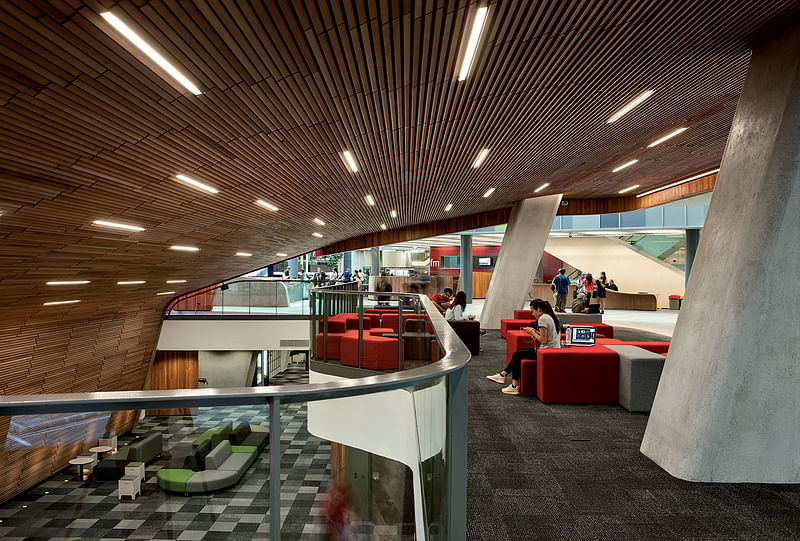
AUT University Sir Paul Reeves Centre
Jasmax
Categories: Education, and Planning and Urban Design Urban Design
Education - "The Sir Paul Reeves Centre is an ambitious building with a programme and amenities that express the current state of tertiary pedagogy. Traditional university facilities, such as lecture and study rooms and staff offices, co-exist with variously-scaled communal areas – gathering, circulation and informal meeting spaces, lounging areas and nooks and crannies for quieter study or conversation. Inter-activity is the governing principle: the buil ding’s two ‘public’ levels – permeable and free-flowing – read as a busy and light-filled agora. Although the Centre is designed for heavy use, there is, in the building’s public core, a nice sense of sprawl, quite appropriate to the behavioural norms of the main user group. The building accommod ates through-routes across several level changes, but retains its integrity as a place. Mome nts of exciting form-making are complemented by a stimulating material palette. Materials are ro bust and not extravagant, but the building never feels cheap. In the Sir Paul Reeves Centre, AUT’s students will feel valued."

A House at the Beach, Te Horo (1986)
Moller Architects
Enduring Architecture - "The house commands a landscape of undulating dunes, gaining height by its position, an elevated floor platform and architectural features such as a water tank. The house’s occupation of its bracing coastal site is not domesticated by a garden, and as a consequence it evokes a strong sense of separation from daily life and its demands. The harshness of the salt-and sand-laden environment is evident in the patina that now enric hes natural materials such as cedar, plastered block-work and brass hardware. The central courtyard separating the living end of the house from the bedroom end is the conceptual and functional he art of the design, and the means of ensuring that a strong relationship with the surrounding env ironment remains the focus of the house. After nearly 30 years of use, Gordon Moller’s family beach house has proved its enduring quality and appeal. It is an excellent model of a holiday house on the New Zealand coast."

Headland House
Stevens Lawson Architects
Category: Housing
Housing - "Belying its true size, the house modestly and calmly occupies a headland site, sitting lightly in a landscape that combines natural features with a lawn and other new planting. The architecture is both dramatic and hospitable. The entry sequence is delightfully choreographed, the planning is well directed, and materials and details have received careful attention and dextrous handling. A nice spatial duality is established by the shelteri ng, pod-like forms and the in-between spaces that allow for an easy flow through the house and a connection to distant views. The house offers some surprises – warm and unexpected spaces are rev ealed behind hidden doors – but these are always welcome; the combination of formal materials and informal spaces makes for a relaxed retreat."

Regional Terminal at Christchurch Airport
BVN Donovan Hill and Jasmax in association
Categories: Commercial Architecture and Interior
Interior Architecture - "Compared to the usual box-like and corporate airport terminal environment, the Regional Terminal at Christchurch Airport seems like a big, comfortable room. The restrained use of colour and a material palette emphasising warm, crafted timbers provide a calm backdrop to the daily procession of arriving and departing passengers. Spatial generosity and expressive forms generate a welcoming and legible environment, and the architects’ lightness of touch is demonstrated by the casting of the Koru Club lounge as a transparent cage, and some carefully rationed whimsy. The lighting is sympathetic, noise is muted and way-finding is clear. The interior is both innovative and self-consciously referential to the history of regional air terminals."
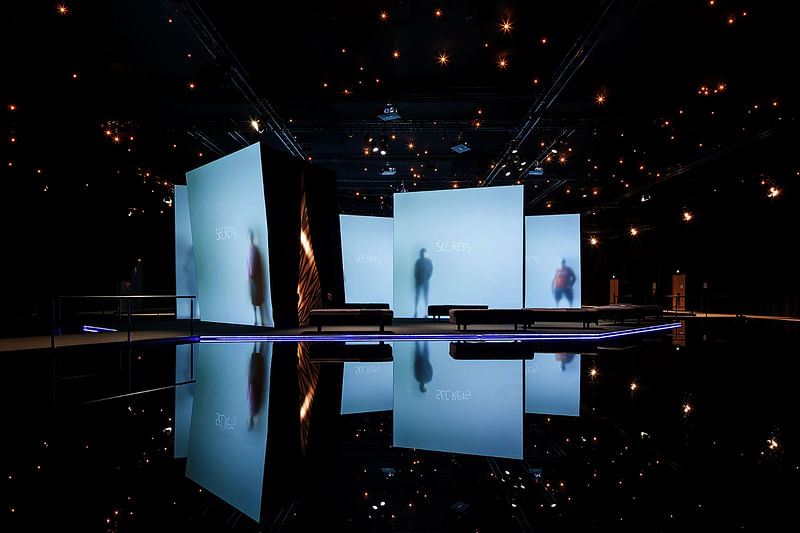
New Zealand Guest of Honour Pavilion
Patterson Associates Limited and Inside Out Productions Ltd
Category: International Architecture
International Architecture - "The New Zealand Guest of Honour Pavilion at the 2013 Frankfurt Book Fair was a technically sophisticated and culturally powerful response to the challenge of representing New Zealand’s literary identity at the international publishing industry’s premier event. The design team overcame considerable logistical challenges in realising a dramatic creative vision informed by the concept of manaakitanga. Water, light and projected images were deployed to telling theatrical effect; the pavilion combined physical expression, narrative exposition and intellectual ambition. Complex but legible, the pavilion was a refreshing take on exposition architecture, free of the genre’s traditional info-mercial inclinations. "
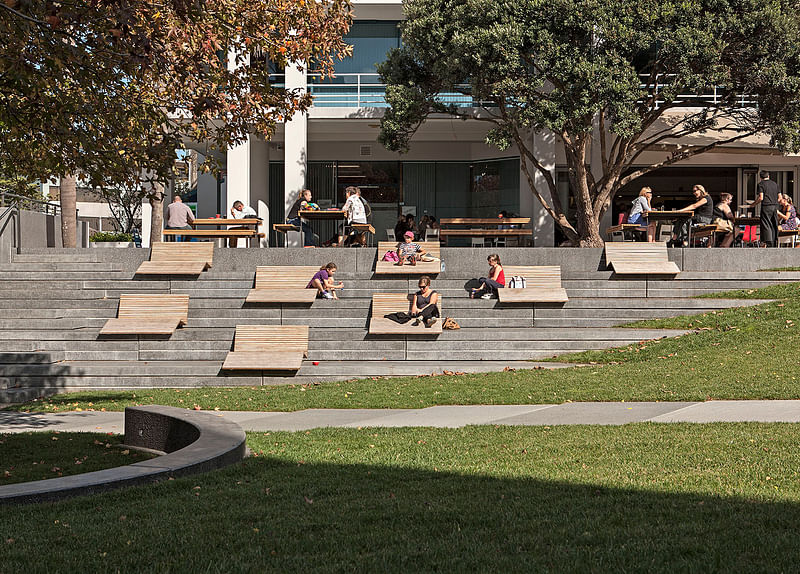
Hurstmere Green
Sills van Bohemen
Category: Planning and Urban Design
"This sophisticated and sensitive project exhibits a delight in craft, a command of materials, and a mastery of detail. These qualities make the project successful in its own right; just as importantly, the architects never lost sight of the bigger picture. Social and commercial agendas have been addressed, as have the urban and topographical contexts of the work. A strong underlying axial desire line, connecting the high street, beach and Rangitoto Island, underpins the concept. Artwork is successfully integrated into the project , and ordinary materials are handled extraordinarily well. A high level of skill and competence has produced an excellent example of multi-layered urban planning and design."
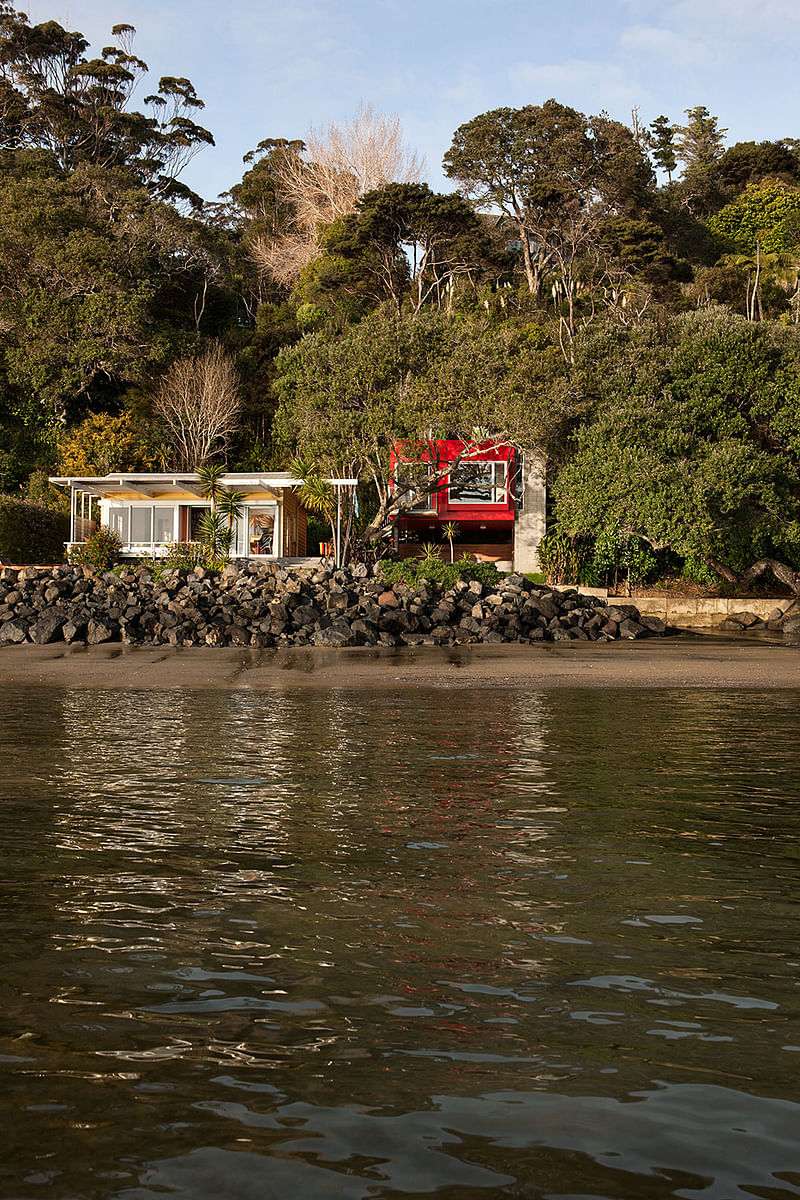
Arruba Bach
Bossley Architects
Category: Small Project Architecture
"A compact, two-roomed box floats above a boat storage base, sporting the crimson colour of the flowers of the pohutukawa tree in which it nestles as a gesture of cheerful rebellion against the trend of holiday house beige. There is a serious point being made here as well: the latest addition to an already idiosyncratic little house salutes the multiplicity and architectural disjunction of the traditional bach community. The encampment-style occupation of the site, made explicit by the discrete positioning of the new building, is a further reference to the relaxed disposition of the vernacular bach. Delightful in itself, the red box is a sophisticated response to context and typological precedent; in the nicest possible and most appropriate way, it may be described as ‘awkwardly perfect’."

Massey University Te Ara Hihiko – College of Creative Arts
Athfield Architects
Categories: Education and Sustainability
Sustainability - Sustainability, normally a rubric for the realisati on of environmentally conscious principles, has even deeper significance at Te Ara Hihiko where it also means designing for survival. Among the damage-avoidance strategies pursued are post-tensioned timber frames that allow the building to sway and revert to shape in an earthquake. The innovative hybrid structure, combining a concrete base, which provides thermal mass and acoustic perf ormance, and a timber top, which uses a natural material of low-embodied energy, expresses the architects’ thorough going approach to environmentally sustainable design. The building’s naturally ventilated and day-lit interior is a pleasure to occupy, and therefore allows Te Ara Hihikio to impressively carry out its role-model duty. Experience of the building will surely encourage generations of students to integrate sustainability into their creative practice."
Click the thumbnails below to see more of this year's winners.
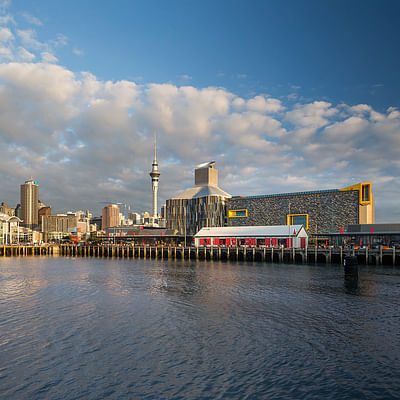
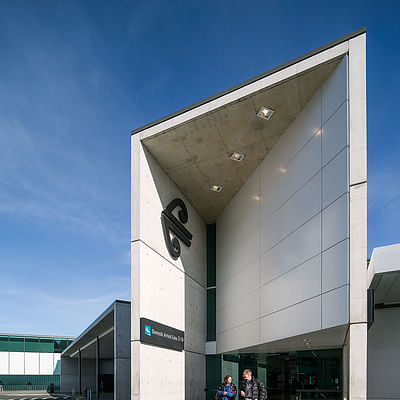

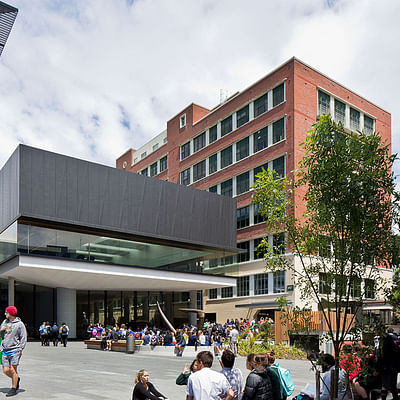



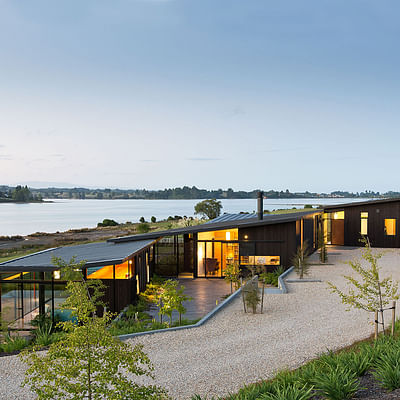
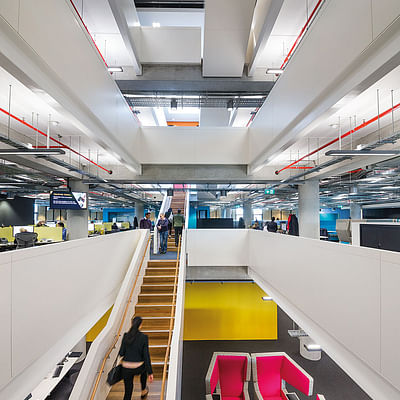

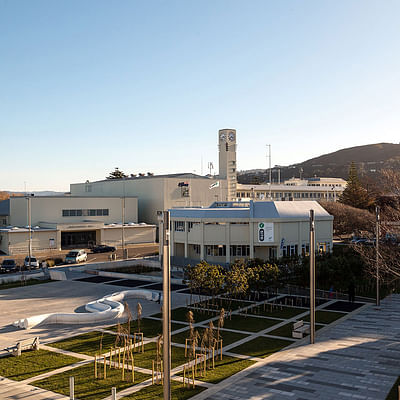
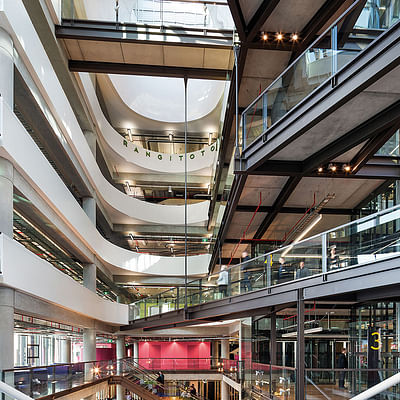

Share
0 Comments
Comment as :